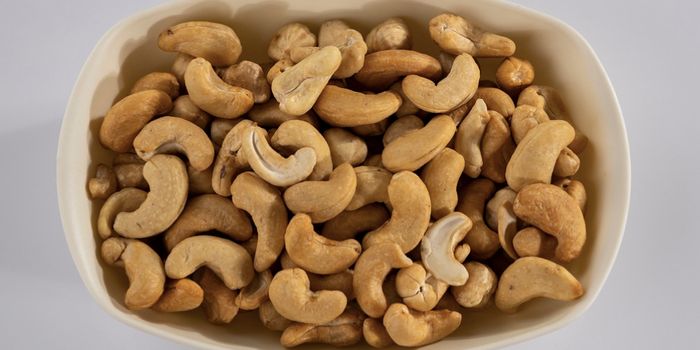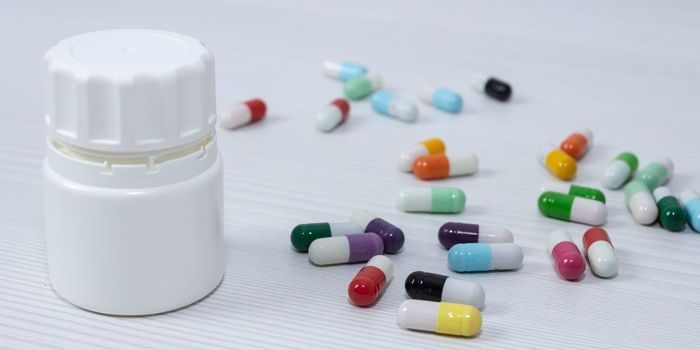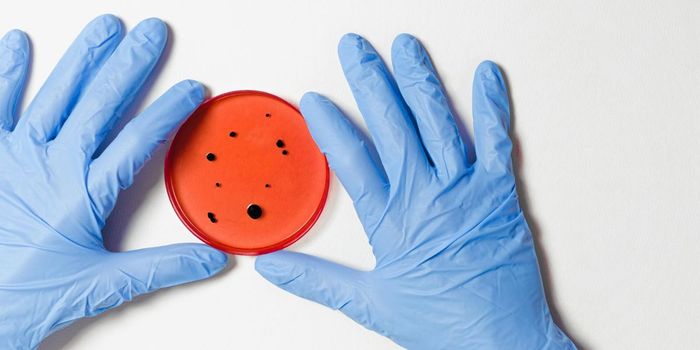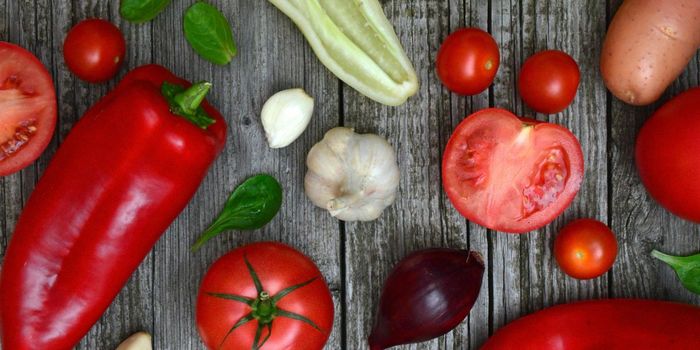Seasonal Flu Vaccine Immunity Probably Wears Off
We know that from year to year, the influenza virus mutates and swaps genes with other flu viruses, and the strain or strains that are most likely to cause a flu outbreak change annually. That means that every year, scientists have to carefully predict which strain to design and produce a vaccine for. Scientists have also reported that seasonal flu vaccines don't produce the kind of lasting immunity we get from other vaccines most people receive in childhood, like measles and mumps.
In new work reported in Science, researchers have also found that the cells that generate antibodies (called plasma cells), in this case against the flu, aren't long-lasting. Instead of using patient blood for their study, the researchers took the time to obtain bone marrow cells, a highly invasive procedure, from participants. It seems that the flu-specific plasma cells, which reside in the bone marrow, are gone in about a year.
To differentiate between the plasma cells that already exist in the bone marrow from the new ones that are made when a person is exposed to the seasonal vaccine, the researchers analyzed the genetics of the antibodies the cells were making.
"We were able to follow the specific cells produced by the vaccine because they produced unique antibodies that can be identified using sequencing techniques," said the first study author Carl Davis, Ph.D., a postdoctoral fellow. Davis is part of the lab of director Rafi Ahmed, Ph.D. at the Emory Vaccine Center.
"We could see that these new antibodies expanded in the bone marrow one month after vaccination and then contracted after one year. On the other hand, antibodies against influenza that were in the bone marrow before the vaccine was given stayed at a constant level over one year."
The study volunteers provided bone marrow before they got a flu vaccine and then again a month after they received a vaccination, and about a year after for some. Flu-specific antibody cells were found to increase from an average of 0.8 to 1.9 percent, then decline to baseline months later. Most newly-generated plasma cell lineages had a population decline of 70 to 99 percent after one year.
This work could help scientists design a better universal flu vaccine, and may provide important insights into the creation of a successful and safe vaccine for COVID-19.
"What this shows is that just getting to the bone marrow is not enough," Ahmed said. "A plasma cell has to find a niche within the bone marrow and establish itself there, and undergo gene expression and metabolism changes that promote longevity."
Sources: AAAS/Eurekalert! via Emory Health Sciences, Science









